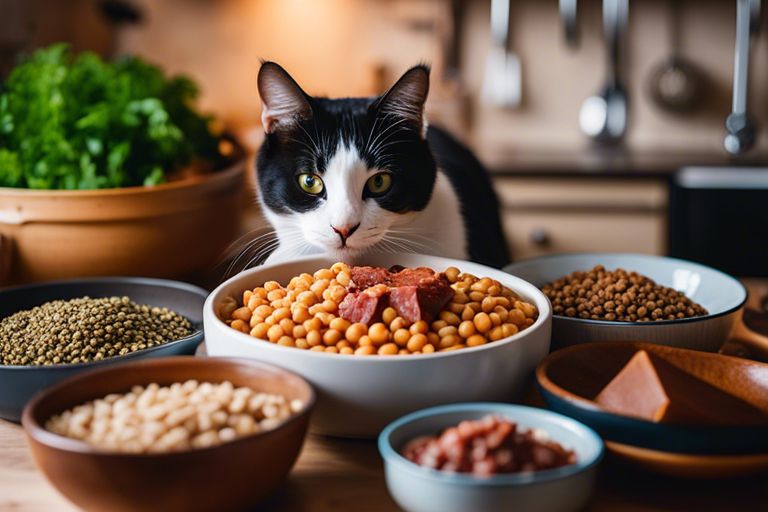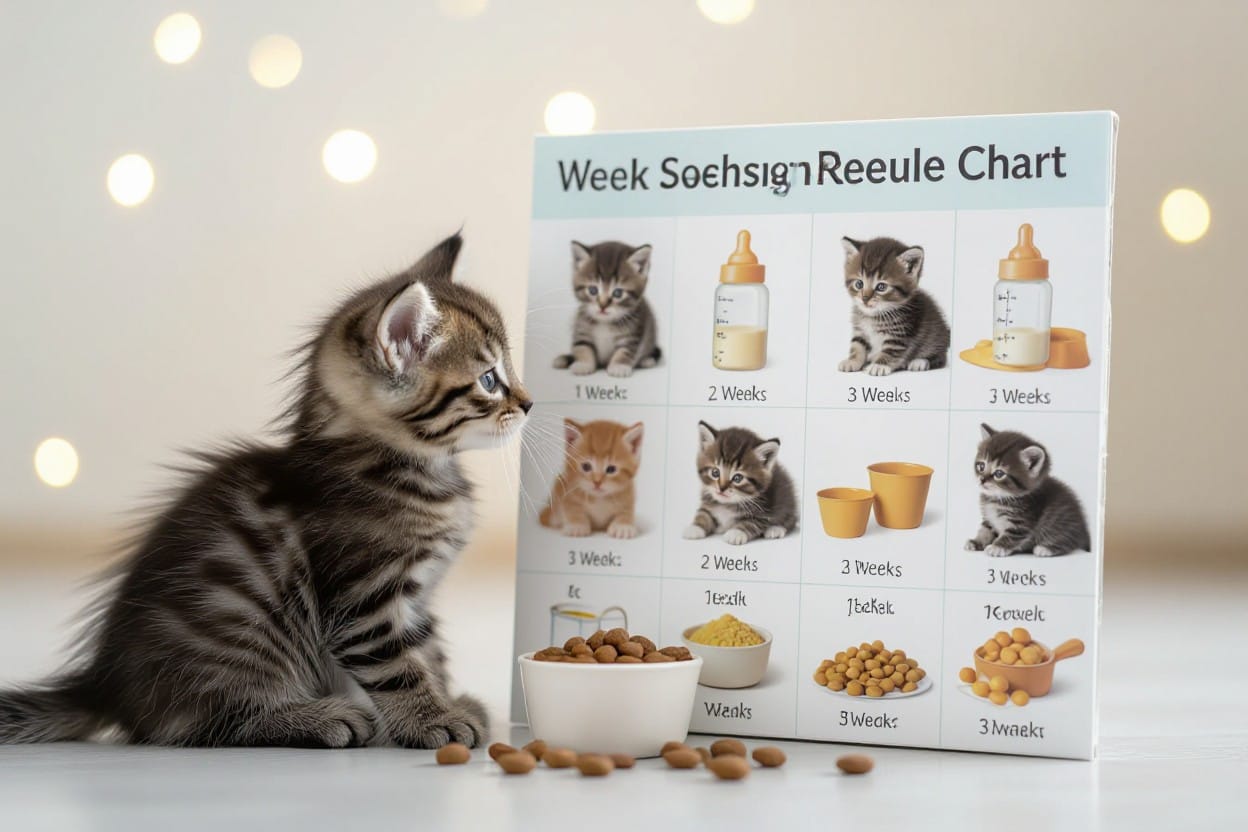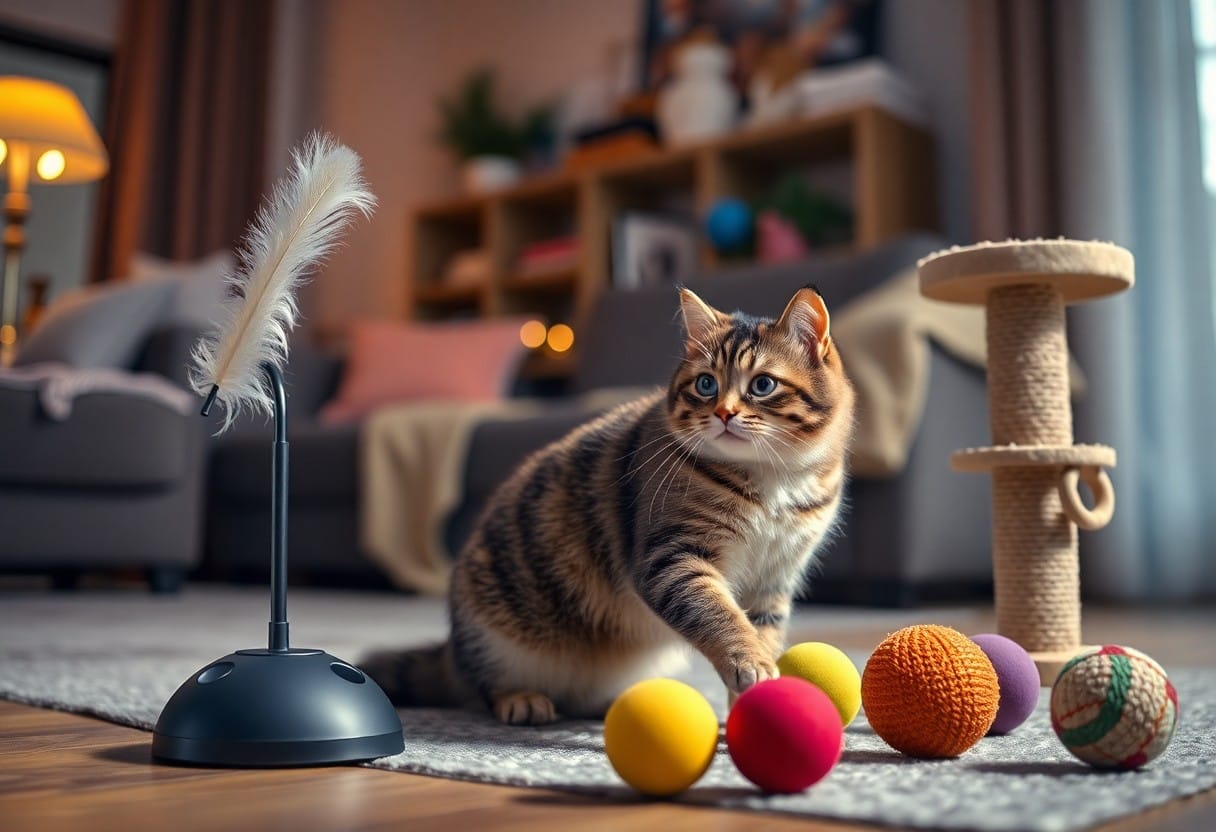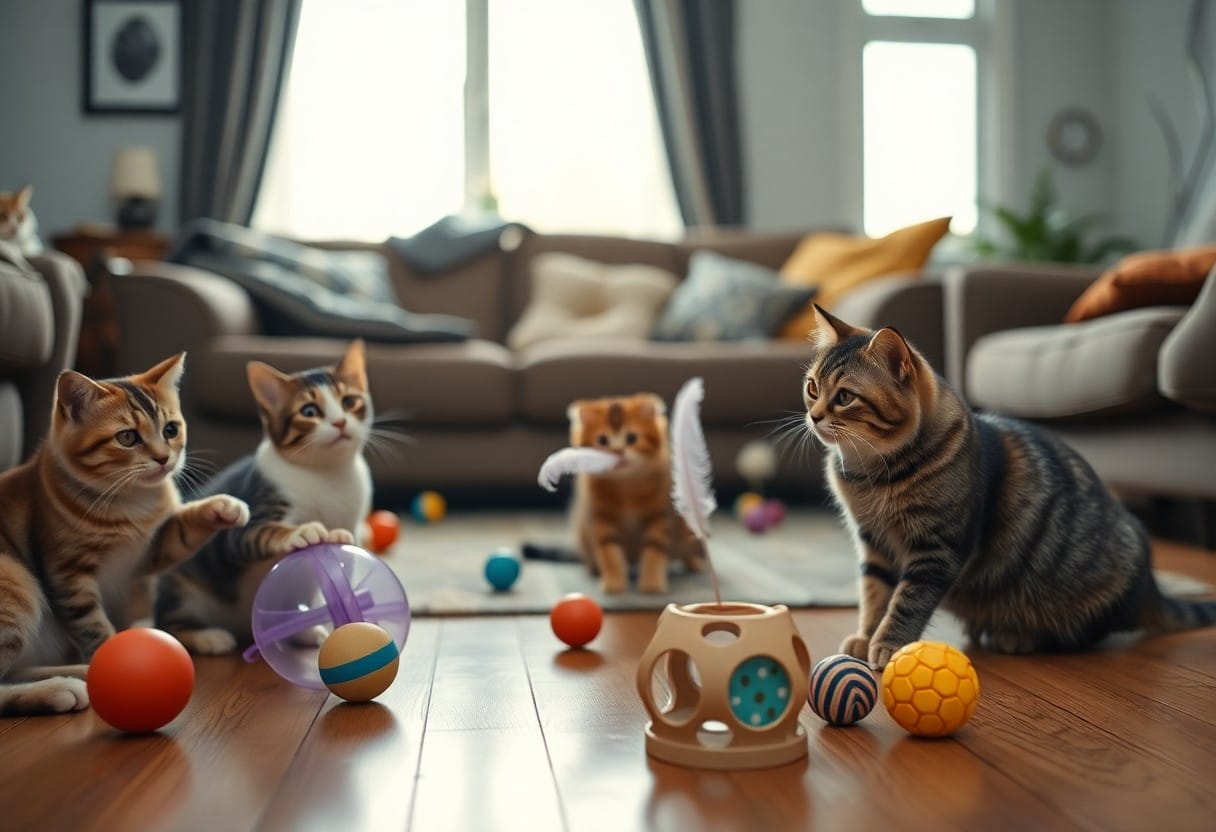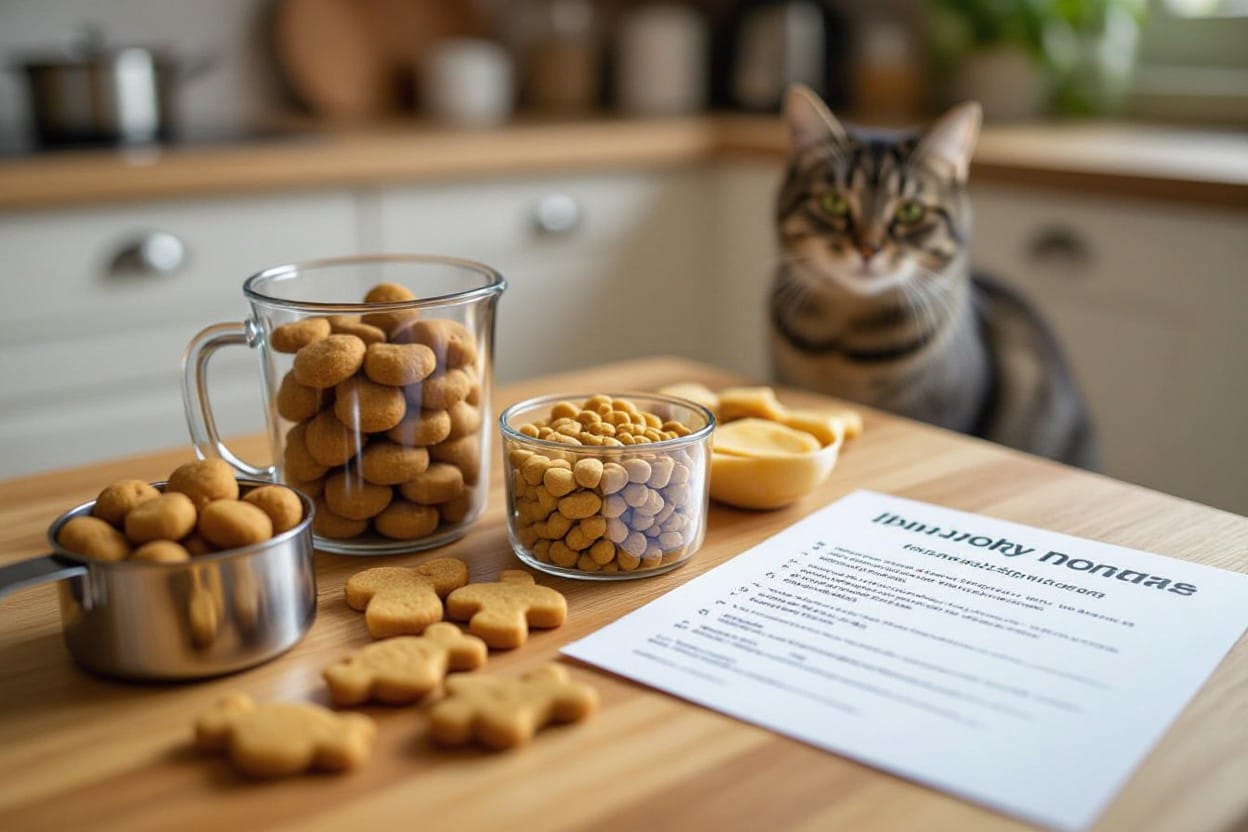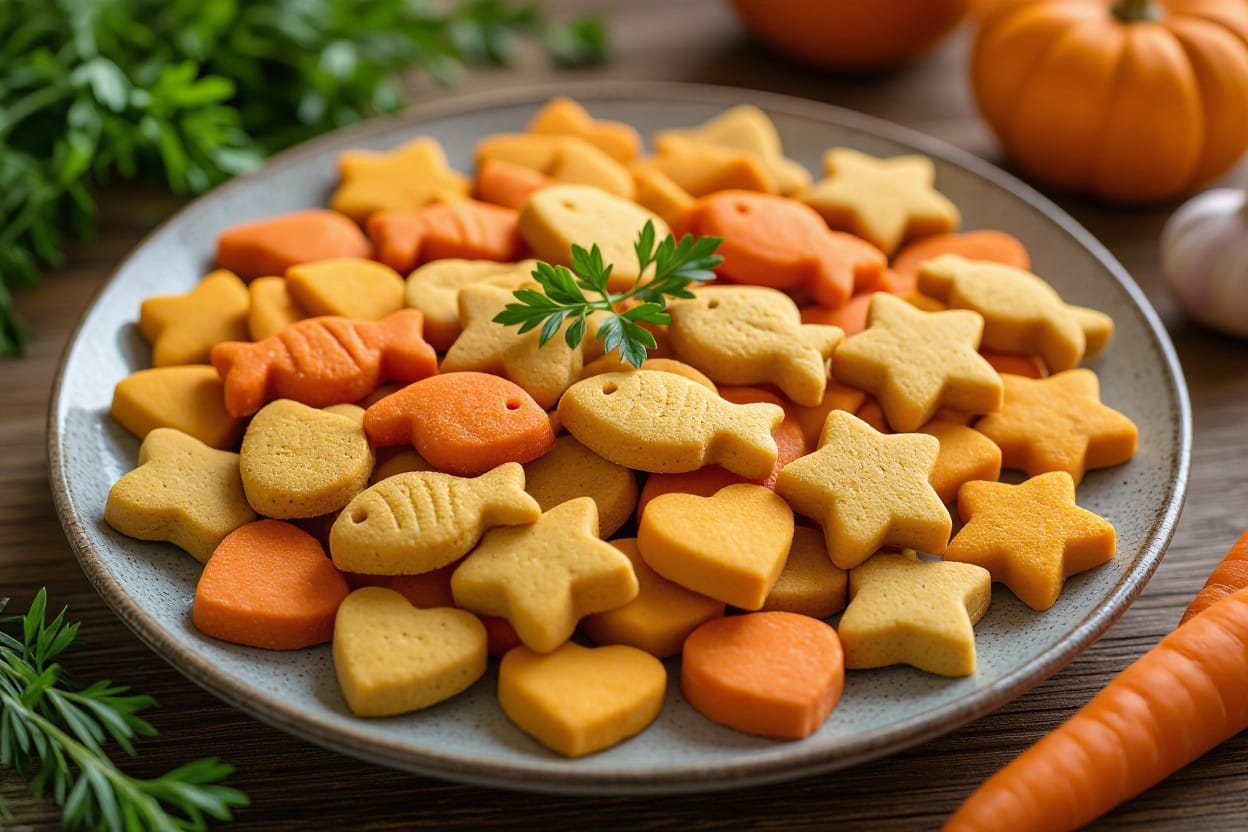There’s no denying that proper nutrition plays a crucial role in keeping your furry feline friend healthy and happy. From choosing the right type of food to understanding portion sizes and meal frequency, providing your cat with balanced and nutritious meals is necessary for their overall well-being. In this comprehensive guide to cat nutrition, we will cover everything you need to know to ensure that your beloved pet receives the proper nutrients they need to thrive.
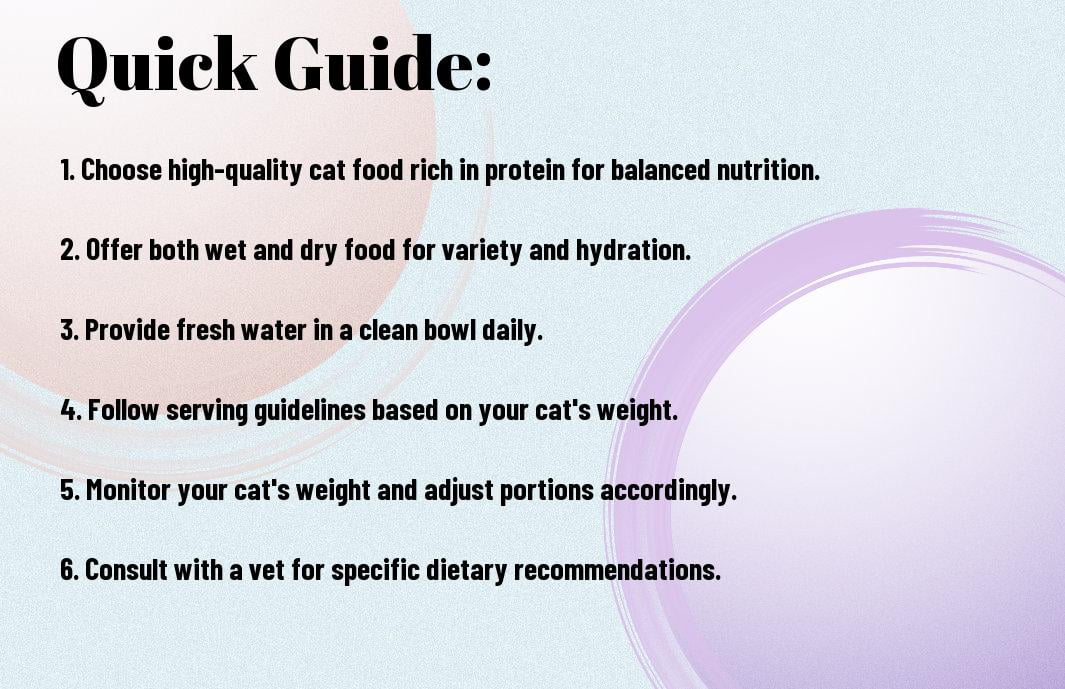
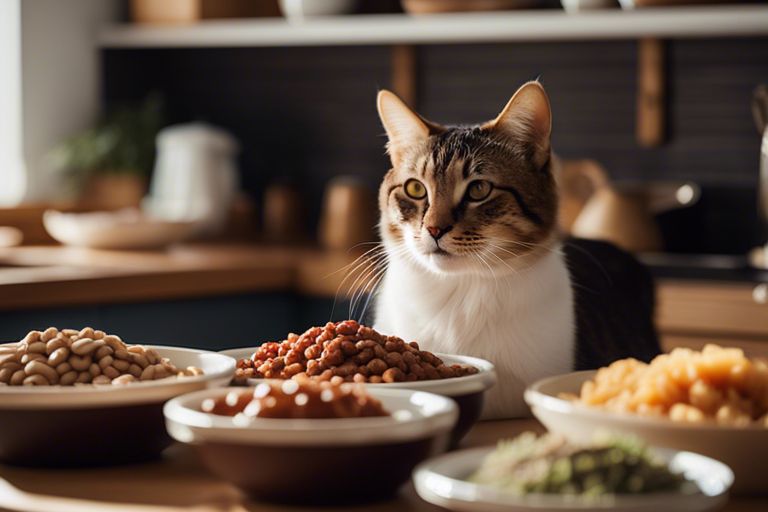
Types of Cat Food
Clearly, the type of food you choose to feed your feline friend plays a crucial role in their overall health and well-being. With respect to cat food, there are several options available in the market, each with its own set of pros and cons. Understanding the different types of cat food can help you make an informed decision when it comes to your cat’s diet.
| Commercial Cat Foods | Homemade Cat Diets |
| Dry Cat Food | Raw Diet |
| Wet Cat Food | Cooked Diet |
| Semi-Moist Cat Food | Grain-Free Diet |
| Prescription Diets | Limited Ingredient Diet |
| Specialty Diets | Balanced Diet |
Commercial Cat Foods: Dry vs. Wet
There’s often a debate between dry and wet cat food, with each having its own set of advantages. Dry cat food is convenient, cost-effective, and helps in maintaining dental health. On the other hand, wet cat food has higher moisture content, making it beneficial for cats who don’t drink enough water. It also tends to be more palatable, which can be helpful for picky eaters.
Any decision on whether to feed your cat dry or wet food should be based on your cat’s individual needs and preferences. Some experts suggest a combination of both types of food to provide a well-rounded diet for your feline friend.
Homemade Cat Diets
There’s a growing trend towards homemade cat diets, where pet owners prepare their cat’s food at home. These diets can be customized to meet your cat’s specific dietary requirements and preferences. However, it’s important to consult with a veterinarian or a pet nutritionist to ensure that the homemade diet is nutritionally balanced and meets all of your cat’s needs.
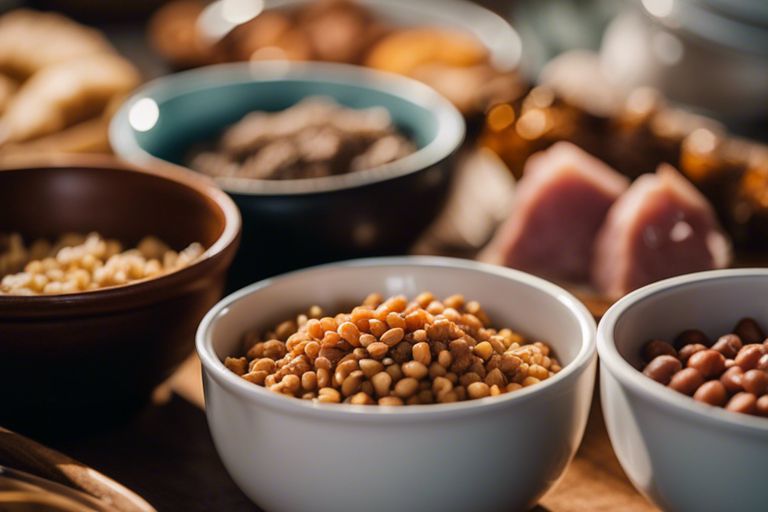
Nutritional Requirements for Cats
Macronutrients: Protein, Fats, and Carbohydrates
Even though cats are obligate carnivores, they still require a balance of macronutrients in their diet to stay healthy. Protein is a crucial component of a cat’s diet as it provides crucial amino acids necessary for their overall growth and maintenance of muscle mass. Fats are another important macronutrient for cats as they provide a concentrated source of energy and aid in the absorption of fat-soluble vitamins. While carbohydrates are not crucial for cats, some sources can be beneficial for providing fiber and energy.
Vitamins and Minerals
The consumption of vitamins and minerals is vital for maintaining a cat’s overall health and well-being. The right balance of these micronutrients ensures proper functioning of various physiological processes in their bodies. Vitamin A is crucial for vision and immune function, while vitamin E acts as an antioxidant to protect cells from damage. Minerals like calcium and phosphorus are crucial for bone health and growth in cats.
The appropriate intake of vitamins and minerals in a cat’s diet is crucial for preventing deficiencies or imbalances that could lead to serious health issues. It is crucial to feed your feline friend a well-balanced diet that meets all their nutritional needs and consult with a veterinarian to ensure they are receiving the right amount of crucial vitamins and minerals.
Requirements
Meeting the nutritional requirements of your cat involves providing a balanced diet that includes the right amounts of macronutrients and micronutrients. Ensure that the cat food you choose is specifically formulated to meet the nutritional needs of cats and follow feeding guidelines accordingly. Regular check-ups with a veterinarian can help monitor your cat’s health and nutritional status to ensure they are thriving on their diet.
Feeding Tips for Different Life Stages
Many factors contribute to the nutritional requirements of cats at different life stages. Here are some feeding tips to ensure that your feline friend receives the appropriate diet throughout their life:
Kittens: Growth and Development
You must provide kittens with a diet that supports their rapid growth and development. It is necessary to feed them kitten-specific food that is high in protein, vitamins, and minerals to meet their energy needs. Make sure to follow the feeding guidelines on the packaging and divide their daily portion into several meals to aid digestion.
Introduce new foods gradually to prevent stomach upset, and always ensure that fresh water is available. Monitor their weight and adjust their portion sizes accordingly. Perceiving any signs of poor growth or malnutrition, consult your veterinarian immediately.
Adult Cats: Maintenance
Now that your cat has reached adulthood, their nutritional needs shift from growth to maintenance. Opt for high-quality cat food labeled for adult maintenance. These formulas provide the right balance of nutrients to keep your cat healthy and active.
It is crucial to monitor your cat’s weight and adjust their portions as needed to prevent obesity or weight loss. Additionally, consider your cat’s activity level when determining their caloric intake. If you notice any changes in their eating habits or weight, consult your veterinarian for advice on adjusting their diet.
Senior Cats: The Golden Years
Strategies for feeding senior cats revolve around maintaining their health and addressing age-related issues. Switch to a senior cat food formula that is specifically designed to support their aging bodies. These diets often contain lower calories to prevent weight gain and are formulated to support joint health and kidney function.
Tips for feeding senior cats include offering smaller, more frequent meals to aid digestion and incorporating wet food to increase their water intake and support kidney health. Regular check-ups with your veterinarian can help monitor any age-related changes in your cat’s health and adjust their diet accordingly to ensure they enjoy their golden years comfortably.
Special Dietary Considerations
Dealing with Food Allergies and Intolerances
Food allergies and intolerances can be a common issue in cats, leading to symptoms such as skin irritation, digestive upset, and even behavioral changes. If you suspect your feline friend may have a food allergy or intolerance, it is necessary to consult with your veterinarian for proper diagnosis. They may recommend an elimination diet to pinpoint the specific ingredient causing the reaction. Common allergens in cat food include beef, dairy, fish, and grains.
Managing Medical Conditions with Diet
Common medical conditions such as kidney disease, diabetes, and obesity can often be managed through a tailored diet plan. These special diets are formulated to support your cat’s specific health needs, whether it’s reducing fat content for weight management or providing controlled levels of phosphorus for kidney health. Always follow your veterinarian’s guidelines when feeding your cat a therapeutic diet to ensure the best possible outcome for their condition.
Step-by-Step Guide to Transitioning Food Types
Your feline friend’s dietary needs can change over time, requiring you to transition them to a new type of food. This process can be crucial in ensuring their digestive system adjusts smoothly to the new diet. By following a step-by-step guide, you can make the transition as seamless as possible for your cat.
Planning the Transition
| Step 1 | Consult with your veterinarian to determine the best type of food for your cat’s specific needs. |
| Step 2 | Gradually introduce the new food by mixing small amounts into the current food over a period of 7-10 days. |
| Step 3 | Monitor your cat’s eating habits and stool consistency during the transition period. |
| Step 4 | Adjust the ratio of new food to old food based on your cat’s response, gradually increasing the new food portion. |
| Step 5 | Once your cat is fully transitioned to the new food, continue to monitor their health and make any necessary adjustments. |
Recognizing the signs of successful food transition, such as improved energy levels and coat quality, can help you ensure that your cat’s nutritional needs are being met. By following this systematic approach, you can help your feline friend adapt to their new diet with ease.
FAQ
Q: Why is proper cat nutrition important?
A: Proper cat nutrition is important for maintaining your feline friend’s overall health and wellbeing. A balanced diet provides the necessary nutrients for healthy growth, energy, and disease prevention.
Q: What should I look for in a quality cat food?
A: Look for cat foods that have high levels of animal-based protein, important vitamins and minerals, and are free from artificial additives and fillers. Choose a diet that is appropriate for your cat’s age, activity level, and any specific health concerns.
Q: How much should I feed my cat?
A: The amount of food your cat needs depends on factors such as age, weight, activity level, and metabolism. Consult with your veterinarian to determine the proper portion size for your cat, and monitor their body condition to make any necessary adjustments.
Q: Can I feed my cat a homemade diet?
A: While some pet owners prefer to feed their cats homemade diets, it is important to ensure that the diet is nutritionally balanced. Consult with a veterinary nutritionist to create a homemade diet plan that meets all of your cat’s dietary needs.
Q: What are some common signs of nutritional deficiencies in cats?
A: Signs of nutritional deficiencies in cats may include weight loss, dull coat, lethargy, digestive issues, and poor growth. If you notice any of these symptoms, consult with your veterinarian to determine if a change in diet or supplementation is necessary.
